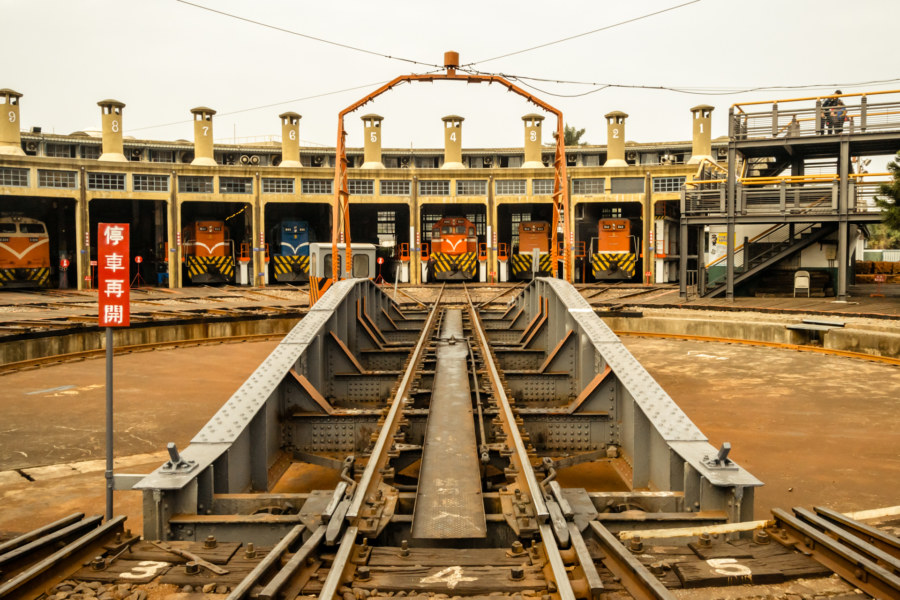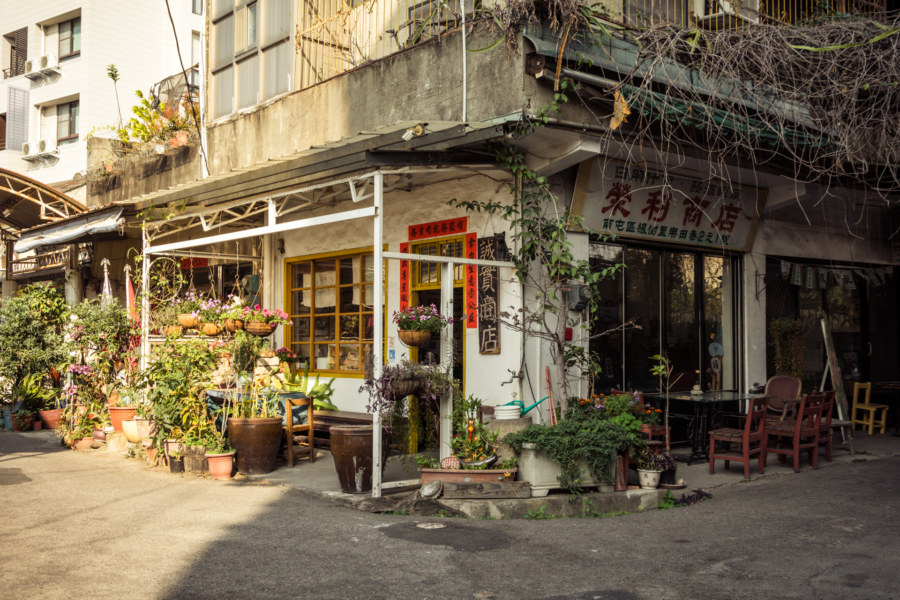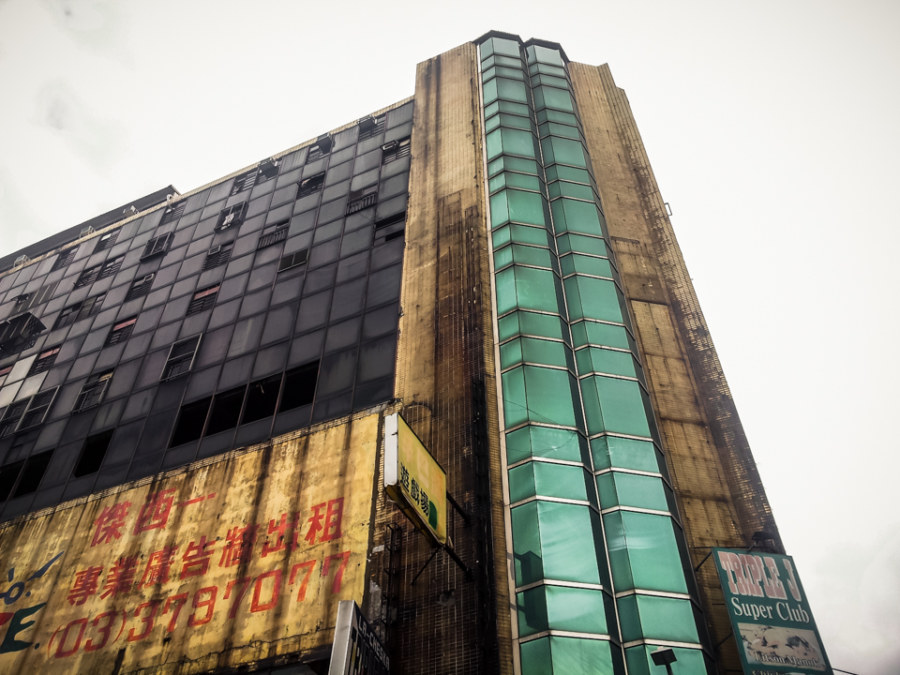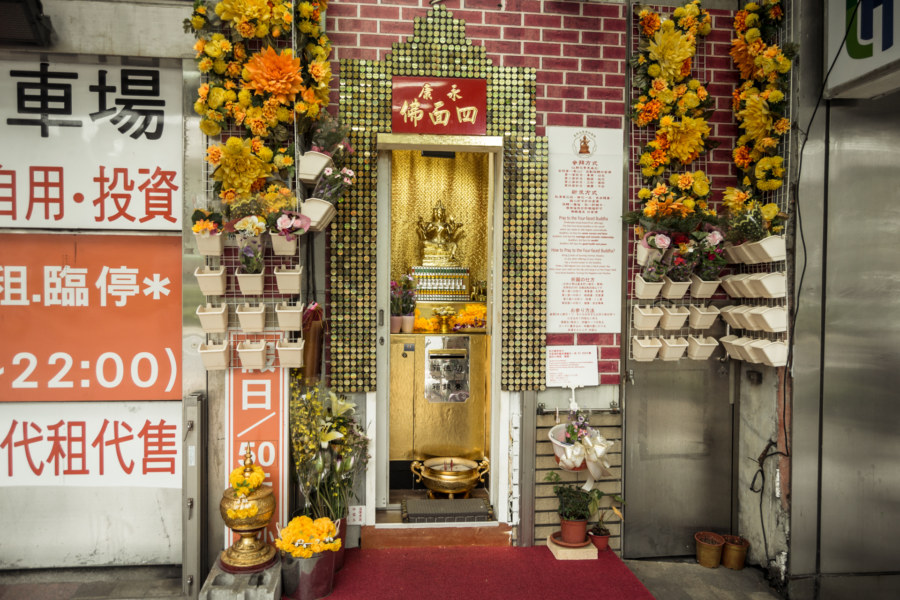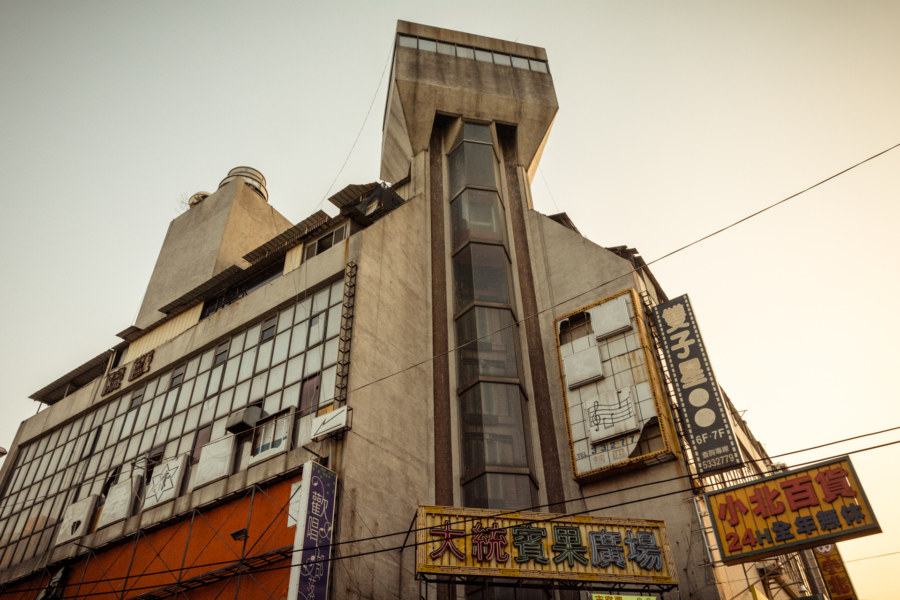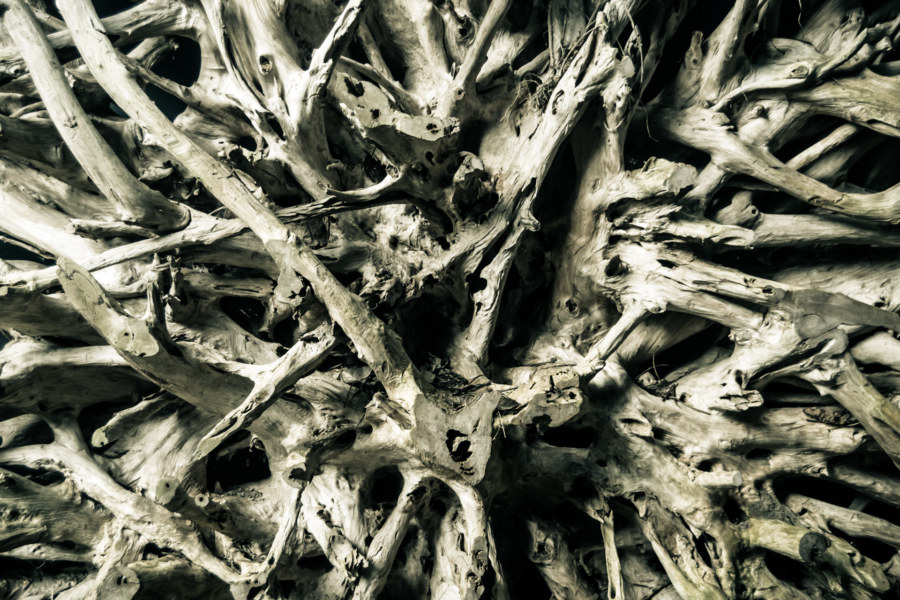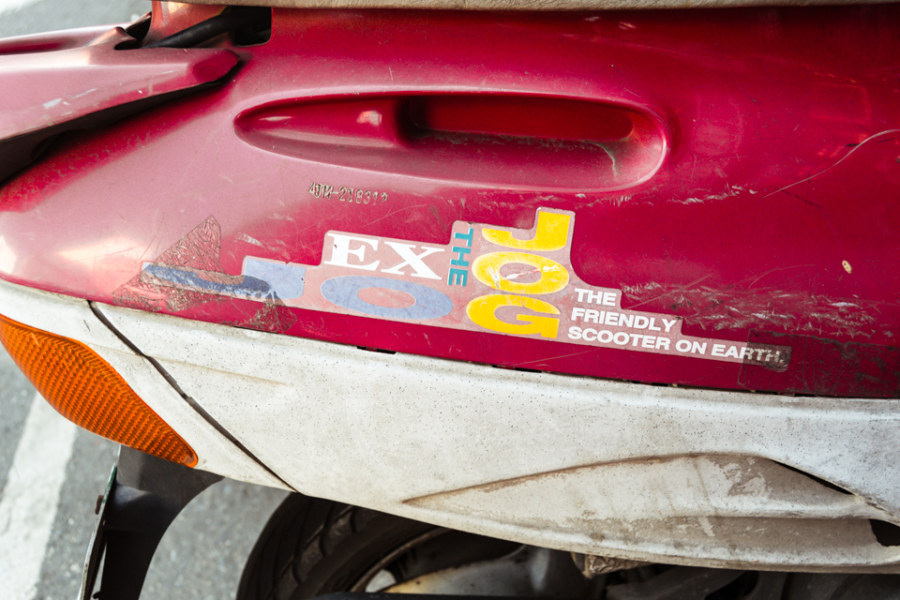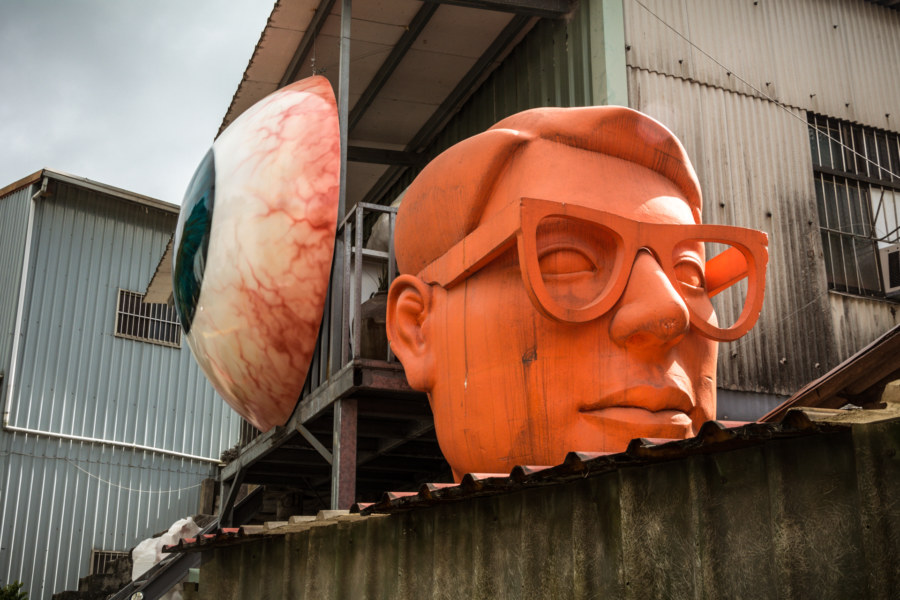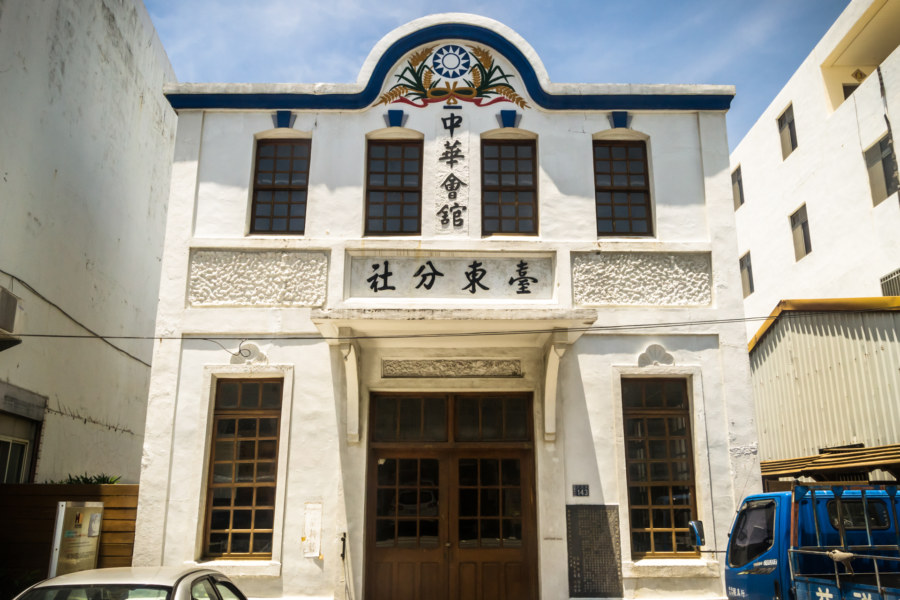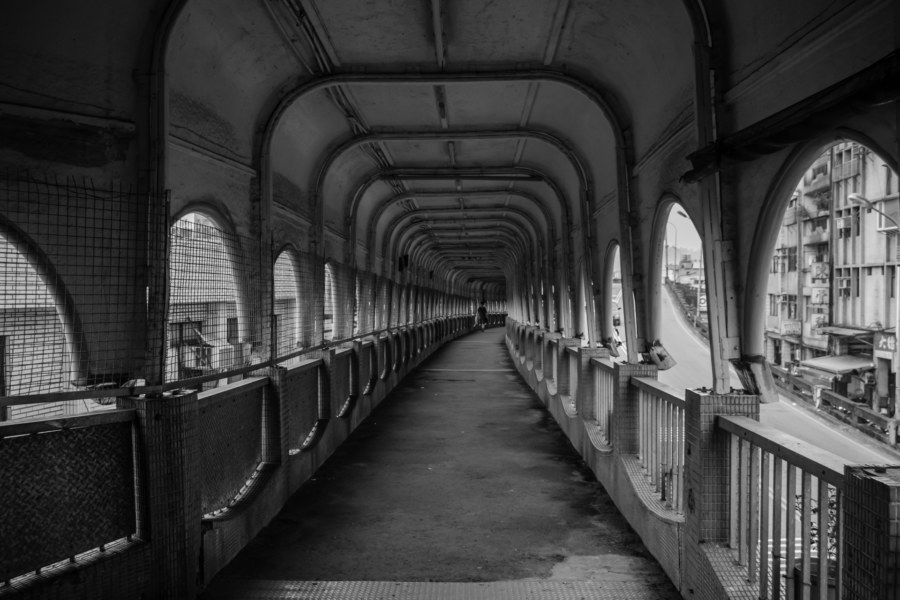One of the most extraordinary attractions in Taiwan is the historic Changhua Roundhouse 彰化扇形車庫, originally built in 1922 during Japanese colonial rule and still in operation today. Although information is hard to come by it seems that it might be the only roundhouse still operating in Asia—and certainly one of the oldest still in regular use anywhere in the world. Every other roundhouse I researched for this article has been abandoned, demolished, repurposed, or converted into a museum—and those rare few that are still operational have been mighty hard to date. As such, the Changhua Roundhouse is a dream to visit for a railway enthusiast like myself, particularly since the ambiance hasn’t been ruined by the sort of tacky treatment you’ll often find at Taiwanese tourist attractions. After signing in with the guard at the gate I had free run of the place—and as you can see from some of the following photos, nobody minded me getting shockingly close to moving trains as the mechanics went about their daily routines.
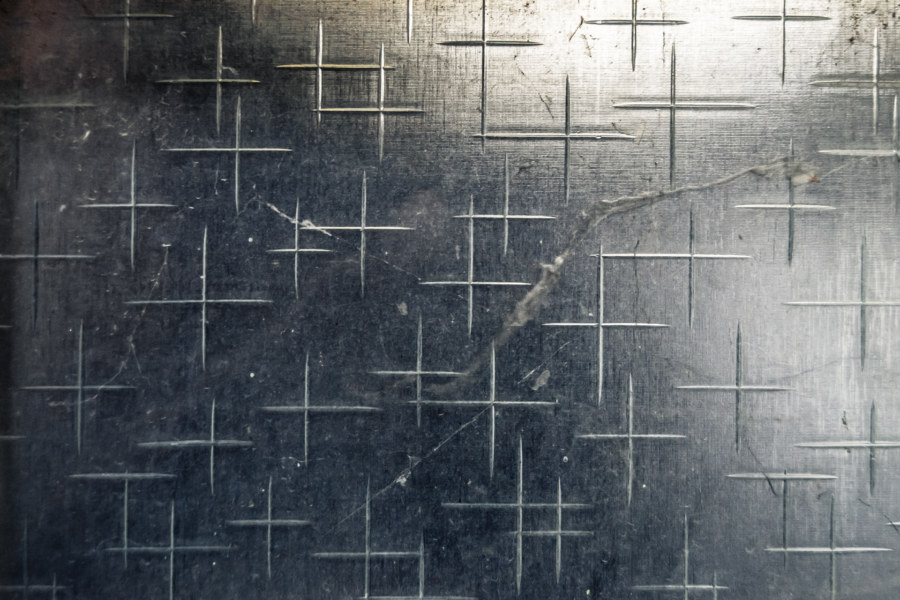
A top-level term for organizing content based on aesthetic.
Maple Community Honest Shop 楓樹社區誠實商店
Taichung is home to an unusual social experiment: the Honest Store 誠實商店 in the Fēngshù Community 楓樹社區 (literally “Maple Community”) of Nantun, Taiwan. According to roundTAIWANround (through which I discovered the place) it was once a general store of the traditional variety that you’ll still find scattered around the countryside and in older neighbourhoods. Such shops have been fading into history for years, unable to compete with the modern chains that have become symbols of Taiwan’s culture of convenience. The shop would have shut down had the owner not experimented with a new model: locally-sourced goods, financial transparency, and no paid staff, relying on the honesty of its patrons to stay in business.
First Dispatch From Zhongli
Last week I moved from Taipei to Zhongli, a mid-sized city of approximately half a million1 about 45 minutes down the Western Line 西部幹線 in the heart of Taoyuan. I have been all around the island but haven’t explored much of what you might call the “middle north”, the strongly Hakka-influenced area stretching from the rugged borders of New Taipei south to Taichung that includes Taoyuan, Hsinchu, and Miaoli. Perhaps by staying here awhile I will find opportunities to explore more of this part of Taiwan and fill in some blank spots on my personal map.
The Four-Faced Buddha of Yongkang Street 永康街四面佛
The Four-Faced Buddha of Yongkang Street 永康街四面佛 is one of the smallest shrines I have ever seen in Taiwan. It occupies a tiny alcove next to an underground parking garage on Xinyi Road 信義路 east of Dongmen Station 東門站 exit 5 and the original Din Tai Fung 鼎泰豊. This alcove might have been a parking attendants’ booth prior to automating the entire system, although this is not explicitly stated in the material I have reviewed. From what I gather this shrine is the work of a local papaya milk vendor by the name of Mr. Lin. Despite its diminutive size—half a square meter according to some reports—the cost of rent is in excess of 10,000 NT per month!
Douliumen Building 斗六門大樓
While living down in Changhua City last winter I made occasional forays up and down the TRA Western Line 西部幹線 to scope out places not commonly written about in English. One such place is Douliu, the administrative seat of Yunlin, which hardly earns more than a passing mention in the English language blogosphere. It was a worthwhile trip too—apart from the famous Tàipíng Old Street 太平老街 and the surprisingly large and lively Douliu Night Market 斗六夜市 I also chanced upon another abandoned entertainment complex, the Dòuliùmén Building 斗六門大樓, named after an archaic term for the city dating back to the 17th century. This building was also once home to the Shuāngzǐxīng or Gemini Theater 雙子星戲院.
In the Realm of Primitive Senses
Sunday afternoon in the mountains of Shilin, not far from Yangmingshan, about 200 people gathered for The Forester’s Party (牧神的遊戲) at Siu Siu (少少原始感覺研究室), a lab of primitive senses built on a steep south-facing slope. The aesthetics of the space: slate grey walls, wooden planks underfoot on the dance floor, a round black mesh canopy overhead screening the forest without impeding the flow of fresh mountain air. Clean, modern, minimal, but also rustic—an exceedingly comfortable combination of form and function. The finest in dub techno wafting out of the speakers, one particular song selected by Al Burro capturing the mood of the afternoon with perfect ease, Nthng’s 1996.…
Taiwanese Scooter Stickers 1
Taiwan is absolutely mad for scooters, a consequence of high population density, tightly cramped streets, and the expense and inconvenience of driving a car. Everywhere you go you’ll find streets lined with parked scooters and filled with scooterists going about their business. In can all seem like absolute chaos to outsiders—but there is a method to the madness, and the convenience factor regularly seduces skeptics, particularly when living outside of Taipei or beyond the reach of public transportation.
Eye on the Road
It is hard not to notice the giant freaking eyeball and neon orange head hanging out at the side of the road leading up Hōnglúsāi Mountain 烘爐塞山 at the southern edge of Zhonghe, Taiwan. After taking in the scene I jokingly came up with a new slogan for the tourist bureau; “Taiwan: don’t ask why!” But of course that’s not really my style—I always like getting to the bottom of the seemingly inexplicable things I encounter in my travels here.
Taitung Chinese Association 台東中華會館
The historic Chinese Association on Zhongzheng Road in Taitung City.
It never ceases to amaze me what can be learned from keenly observing the streets of Taiwan and following up with a little research online. I only spent one full day in Taitung City at the tail end of a bicycle trip down south this June but managed to chance across a number of interesting sights in that time, this historic building among them.
Located at 143 Zhongzheng Road 中正路, this is the Taitung Branch 台東分社 of the Chinese Association 中華會館, originally built in 1927 while Taiwan was under Japanese rule. A plaque out front features historic information in English (shocking in this part of the country) as well as a direct translation of the name, “Taitung Chunghua Hostel”, but it was more of a clubhouse or assembly hall, not a place to secure lodging for the night. Interestingly, the proper Chinese name is the same one used by the Chinese Consolidated Benevolent Association of America. Have a look at the photos…
An Iconic Pedestrian Bridge in Keelung
It’s grim up north. But that same darkness keeps me coming back to Keelung, Taiwan’s most important northern port, to explore its dense, multi-layered urban core. Pictured here is a long pedestrian overpass that snakes around and over the railway station for about 200 meters. It is visible on Google’s satellite view, running the length of Keelung’s Zhongshan Bridge 基隆中山陸橋 (also known as the Keelung Train Station Bridge 基隆火車站陸橋). After posting this photo on Flickr a visitor pointed out that this is the same pedestrian bridge featured in Millennium Mambo 千禧曼波 (watch the introduction on YouTube and you’ll see it). I was going to post it anyway but this adds another layer of meaning to this obscure work of urban psychogeography.
